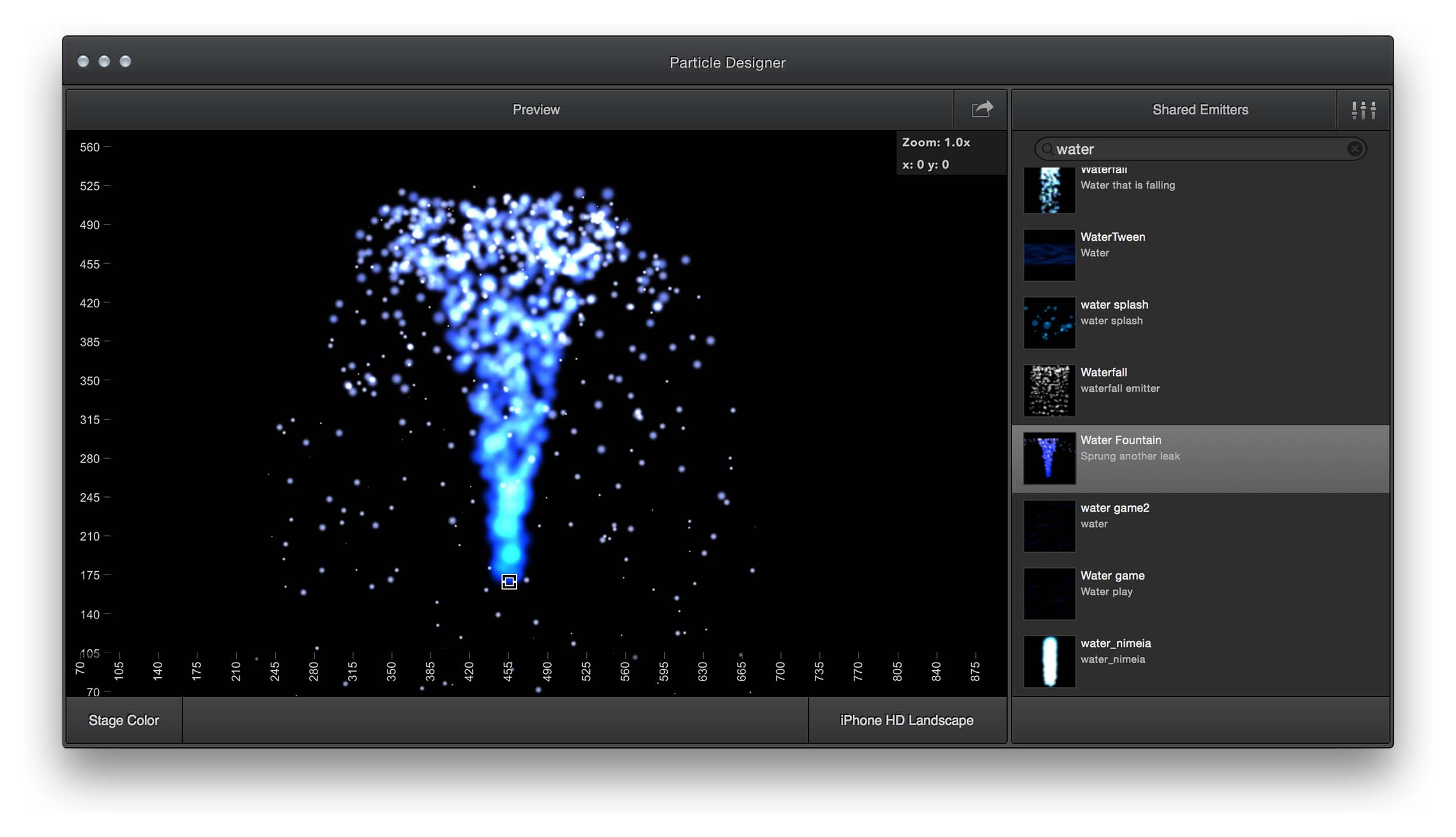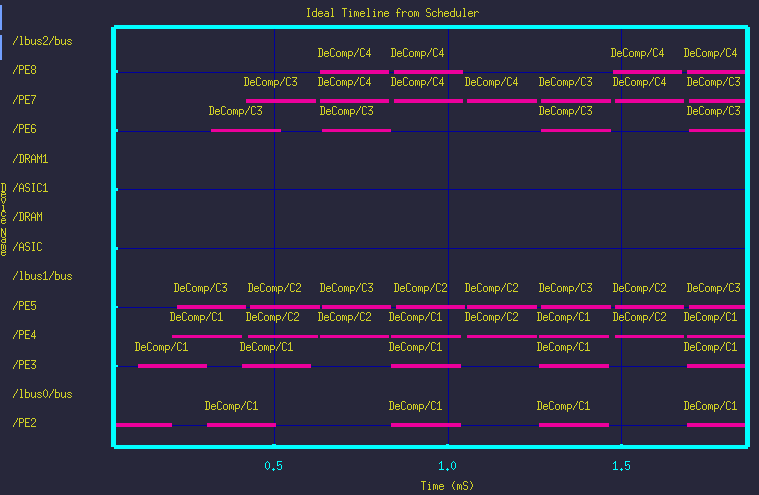

Each body also has its own property values that determine exactly how it reacts to forces and collisions in the scene.īy default a single Rectangle shape is added to the Body that matches the dimensions of the parent Sprite. In most cases, the properties are used to simulate physical effects. These properties affect how the body reacts to forces, what forces it generates on itself (to simulate friction), and how it reacts to collisions in the scene. Sets the value of the user-defined variable x to y and returns nothing.The Physics Body is typically linked to a single Sprite and defines properties that determine how the physics body is simulated. Sets the value of the user-defined variable x to y and returns y. Returns the value of the user-defined variable x. This is useful to eliminate duplicate records ( num=1) The optional second parameter limits the loop output to a certain number of entries. The loop data is sorted by the given field name. Possible values are ansi, utf-8, and utf-16. The optional second parameter sets the encoding of the export file. Needs to appear at the beginning of the export configuration.

Optional statement that sets the file name, file extension, and/or encoding of the exported file. You can use any text, any placeholders and scripting functions, as well as the following export-related scripting functions. Export configurations are text files itself, so that editing is possible with any text editor. You can rename an export configuration via a delayed double click on the export configuration name or by pressing F2.Įditing an export configuration can be done via double click on the export configuration, the Edit button, or by pressing F4. The Duplicate button is used to create a copy of the selected export configuration. You can add and remove export configurations via the New and Remove buttons next the list of export configurations. Adding, Duplicating, and Removing Export Configurations If Write BOM is enabled and writing of UTF-8 or UTF-16 is enabled via the $filename function in the export configuration, this option enables writing of a Byte Order Marker which is required by some applications. If Don't create directories is enabled, no directories are created even if the export file name contains folder specifications. If Show selection dialog is enabled, the Export dialog is shown on export. The options dialog at Tools → Options → Export offers additional configuration options.

If One file per directory is enabled or the Shift key is pressed, Mp3tag creates on export file for each directory it encounters. If Append data is enabled, the exported data is appended to a possibly existing file at the target export file path. The file name to be used can always be adjusted upon export when the export dialog is shown.Īfter exporting, a confirmation message is shown (if enabled at Options → Messages) that allows for opening the exported file with the default program associated with the file extension of the exported file. Otherwise the previously used file name is prefilled. The default file name and/or file extension can be set from the export configuration (see $filename() below). This can be a relative or absolute file name, possibly including placeholders. The Export file name shows the file name that is used for the target export file. This export configuration is then used when running the export command. You can activate an export configuration by selecting it. The Export List shows the available export configurations.

An export configuration serves as a template for the export. Mp3tag allows for exporting tag and file information to text-based file formats via File → Export Ctrl+ E.Įach export uses an export configuration that describes the format that is used and the contents that are exported when running the export function.


 0 kommentar(er)
0 kommentar(er)
